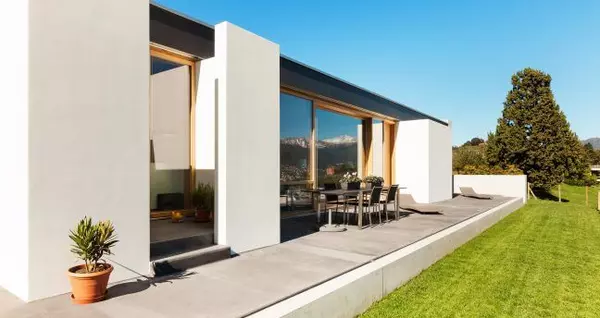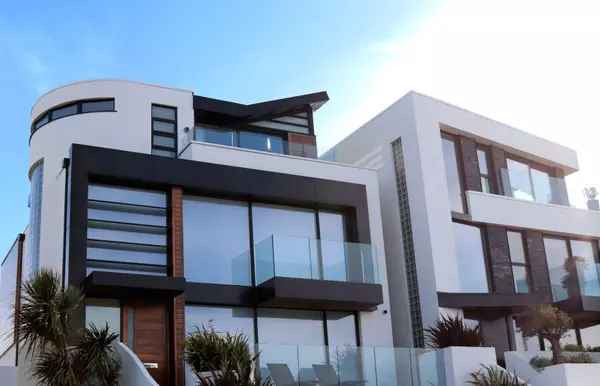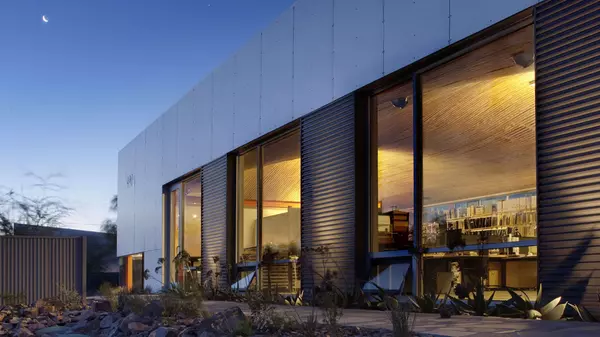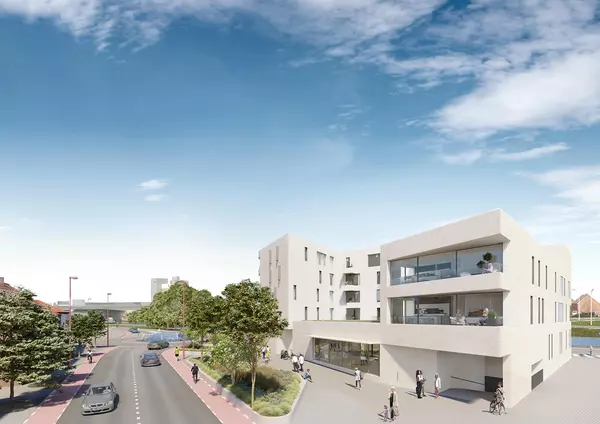Why your rental building's solar panels may not lower your apartment's electric bills
Solar comes with a host of benefits—including fewer carbon emissions—but for New York City renters, it doesn’t always translate to lower utility bills. For many new apartment complexes, developers use rooftop solar to reduce the electricity bills for a building’s common areas—rather than individual apartments.For rooftop solar to lower your utility bills as a renter, the panels need to generate more electricity than is used to power the building’s common areas. Whether or not that happens depends on the size of the solar array, how much sun it gets, and the building’s power usage. The easiest way to find out whether a building’s solar will impact your utility bills is to ask other residents. But there are other benefits to having rooftop solar, even if it doesn't directly affect your utility bill. Read on for what you need to know about how to benefit from solar energy as a renter.Check with the building, residentsIf you’re considering moving to a building with solar for the utility bill savings, try to talk to other residents first. Some NYC buildings with rooftop solar only generate enough power to cover the property’s common area usage—the lights in the hallways, lobby, etc. That’s because solar is impacted by a problem many New Yorkers face: a lack of light and space.A lot of sun-drenched solar panels are needed to cover a building’s electricity usage. But many rental buildings are partially shaded by taller neighbors, or use part of their roof as an amenity for tenants.“In New York, where you're limited to the footprint of your building for the most part, that roof is really a premium,” said Spencer Levine, president of the developer RAL Companies. “That access to open space, sunlight, to great outdoor amenities, becomes limited when you’re trying to layer these [solar] systems onto those buildings.” Solar tends to be most effective at offsetting building expenses, not tenant expenses, at city-supported housing developments, said Jennifer Leone, chief sustainability officer and assistant commissioner for the Department of Housing Preservation and Development. Benefits beyond your billStill, there are other bonuses to moving into a building with solar—even if you won’t see a lower electric bill. Buildings that use solar energy will be less affected by rising electricity costs in the future.By lowering a building’s common area electricity costs with solar, landlords can keep costs predictable and better manage a property. And electricity costs are likely to go up; Consolidated Edison proposed raising electric bills by an average of 11.4 percent starting next year (though Governor Kathy Hochul has vowed to fight the hike). “Its really a better way to ensure the long-term success of the building,” Leone said. An owner is “trying to keep assets afloat and in good condition, and if they have spiraling electricity costs, it makes that very difficult.”Across NYC, there are 389 HPD-supported affordable housing developments that have installed solar through an HPD program, according to a spokesperson for the department. Those buildings produce fewer carbon emissions than properties without solar, and may be more able to avoid fines for over-emitting under Local Law 97, the city’s landmark climate law. That was the case for The Park Overture, a seven-story, all-electric building in Washington Heights. Developed by Baron Property Group and LargaVista, the building had enough roof space for a large solar array on the roof to offset its common area electricity usage. The move will help the building avoid fines under Local Law 97, said Andrew Till, chief operating officer at Baron. “We had enough roof space to do a large array—which is very atypical” for NYC, Till said. “We have zero Local Law 97 impact, and that was refreshing.” Caption A photo of the solar panels on top of The Park Overture. Credit Photo courtesy: Baron Property Group Another solar option: community solarRenters can lower their electricity bills by enrolling in New York state’s community solar program.These typically involve an array of solar panels located upstate that funnels electricity to NYC. Those discounts range from 5 to 20 percent per year, according to the New York State Research and Development Authority. You can find a community solar project online here. (Make sure to review the contract before you sign to see if there are any fees associated with signing up or cancelling, if you change your mind.)You Might Also Like
Categories
Recent Posts

Herb Alpert & The Tijuana Brass Concert
FHFA Director Bill Pulte calls on Fed Chair Powell to resign
Trump wants Powell to lower rates. Here’s how to do that

Home flipping activity slows nationwide as profits tighten

HomeServices selects Jimmy Burgess as new coaching exec

15 commission lawsuit settlements are up for final approval next week

Housing lottery launches for 143 apartments in the Financial District

Free Entrance to National Parks Today!

‘Feelings-based recession’: More Americans fearful of finances despite economic data

Hoby Hanna talks M&A strategy, market share goals
Team Linda Stewart
Broker Associate | License ID: BS 15753.LLC
+1(702) 596-1351 | linda@teamlindastewart.com
